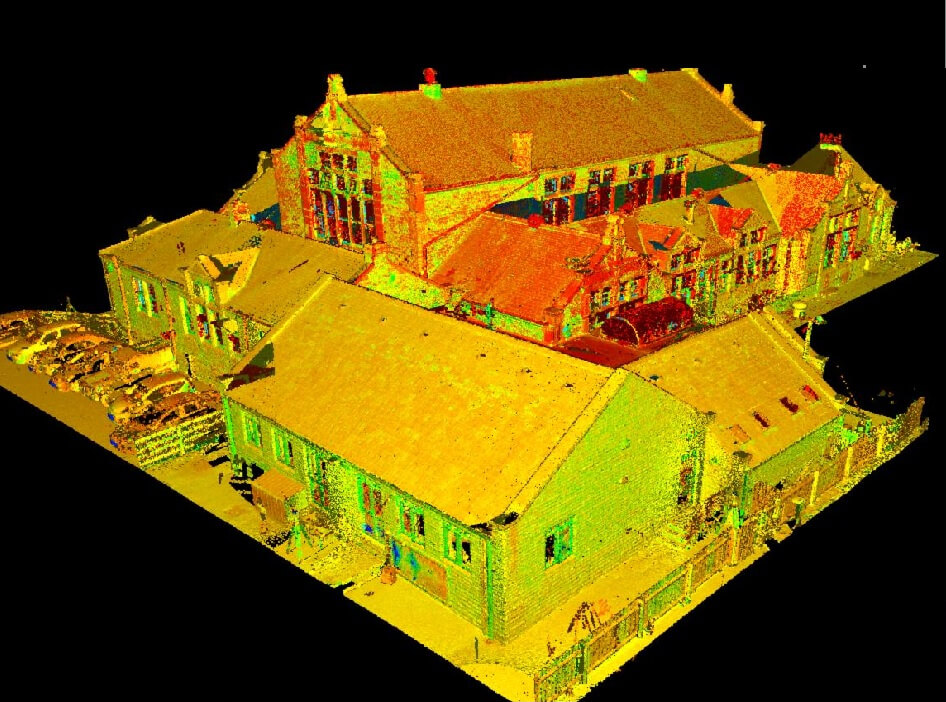Statistically, a surprisingly raised percentage of construction projects review budget and/or as time passes upon completion. This is often a consequence of the fact that the drawings produced prior to the start of construction process find yourself significantly not the same as the As Fitted Drawings especially so far as the 3D M&E (MEP) Coordinated Drawings are concerned. Here is where a BIM approach might help through the construction phase. A few of the key points that stick out as answers to the title questions are:
? BIM is a type of iterative design, where atop exactly the same model you can add more details, more info, phase out the project, produce countless drawings and schedules. When along with the architectural BIM Modeling you insert MEP (M&E) BIM information you've got a much clearer view of the project all together. This translates into a clearer view during the construction phase of the project.
? With BIM, producing 3D M&E (MEP) Coordinated Drawings is easy. These drawings allow the coordination of the multiple services involved in any building, HVAC, plumbing, electrical systems and other public health systems with the structural and architectural (interior finishes, facades, partitions, etc.) elements.
? When working in a genuine 3D environment the engineering specialists can make sure that the proposed solution is viable in real life and that those drawings won't be amended once they go into construction.

? BIM Modeling enables anyone to view the model in 3D, including the builders and installation workers. If at any point an inaccuracy is spotted, after the model is adjusted everyone sees the updates. That is even more possible with shared models so for example when working with a cloud based applications, such as for example Autodesk 360, all the documents and models come in one place.
? MEP (M&E) Prefabrication Models and Drawings could be produced much quicker and more reliably from coordinated 3D models. Once the models are in place they may be checked for interferences and spatially coordinated using Autodesk's Navisworks tool before being taken into specialised fabrication software.
? https://buildinginformationmodelling.uk/best-bim-surveys-leicestershire/ know just what services will undoubtedly be accessed by which access hatched as that is all shown in the MEP (M&E) BIM model. Equally MEP installers can see what areas they should keep services out of, either to reduce fire risks, facilitate future access or to allow future construction phases to be implemented.
? By the end of the construction and installation phase, both the architecture team and client could make direct comparisons between your original drawings and the As Fitted Drawings. If the circumstances on the webpage want it, any changes might easily be implemented in the BIM model through the entire construction process and therefore the As Fitted Drawings are very more likely to match very closely.
Finally, significant cost benefits can be achieved by the end of the project when the facility management departments receive a comprehensive and exhaustive set of drawings and instructions. In effect using BIM Modeling, the exploitation and maintenance costs through the entire lifetime of the project are reduced, that is possibly the goal of any project.
